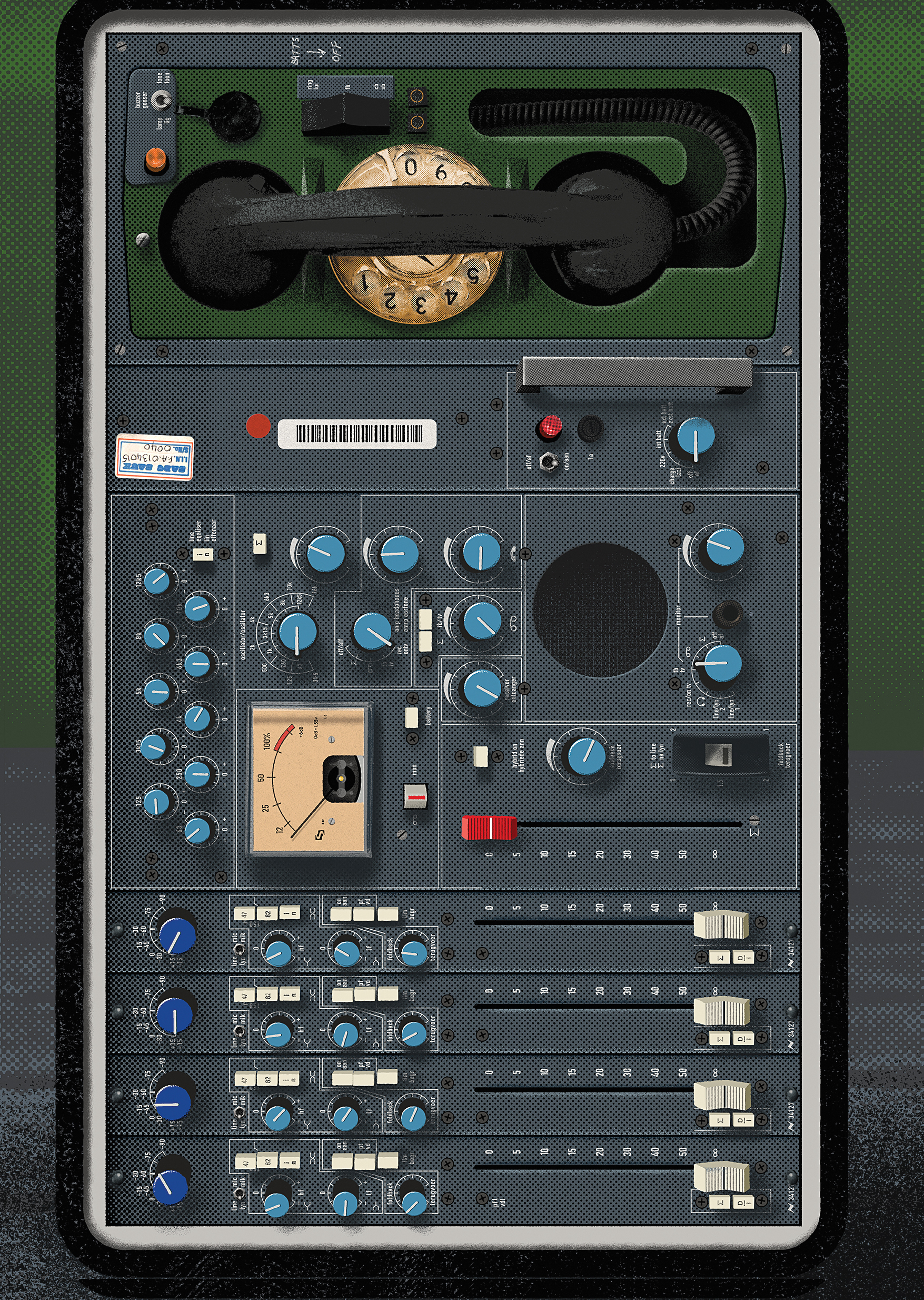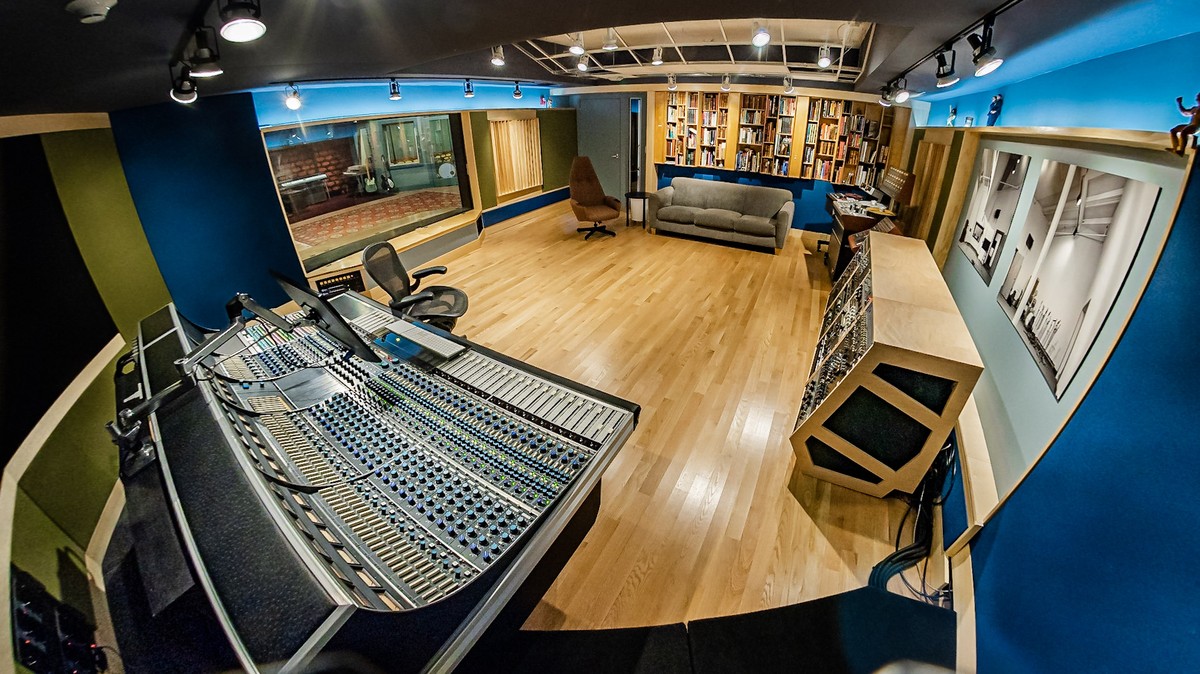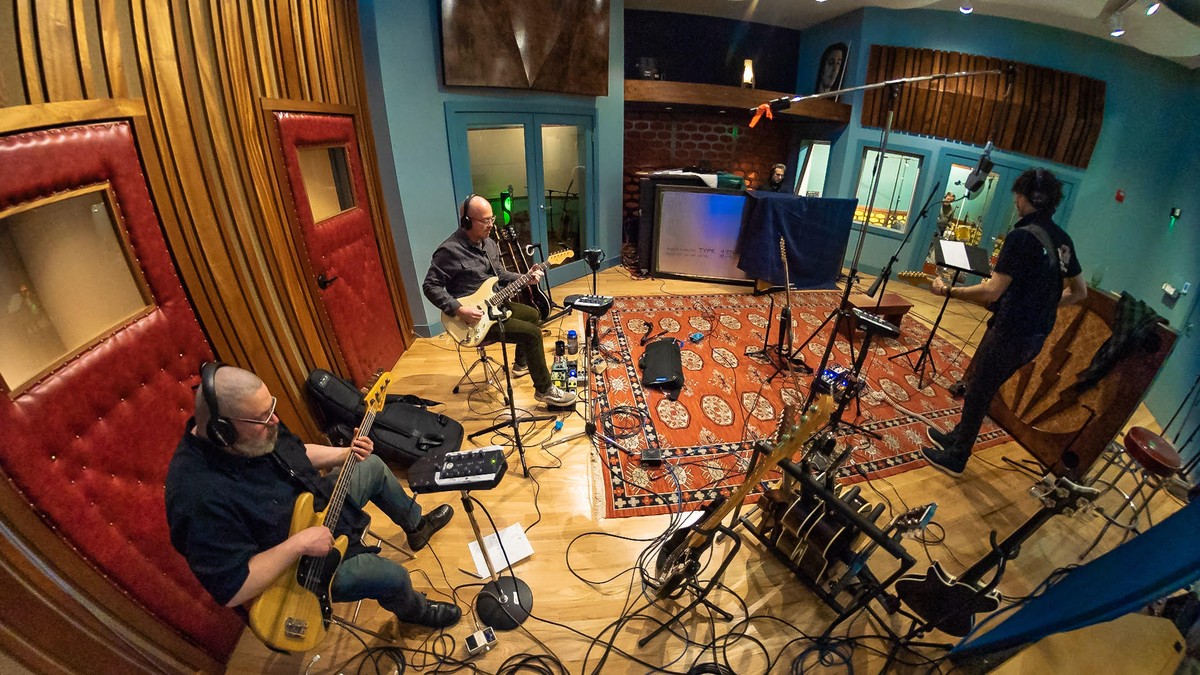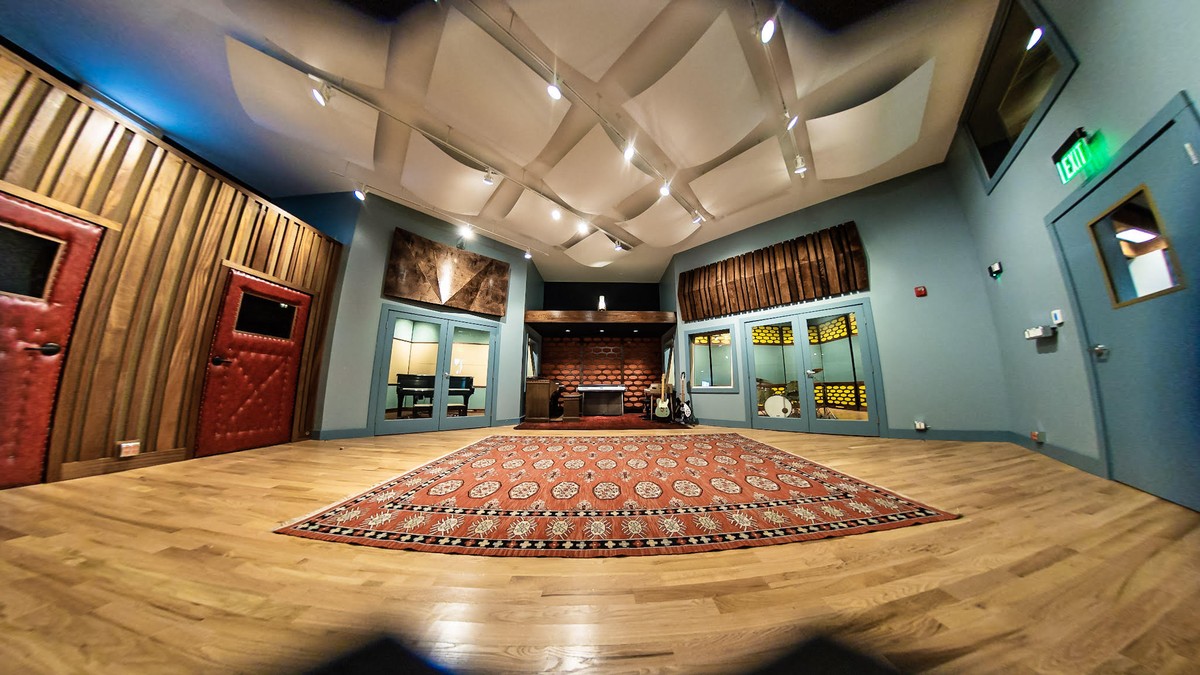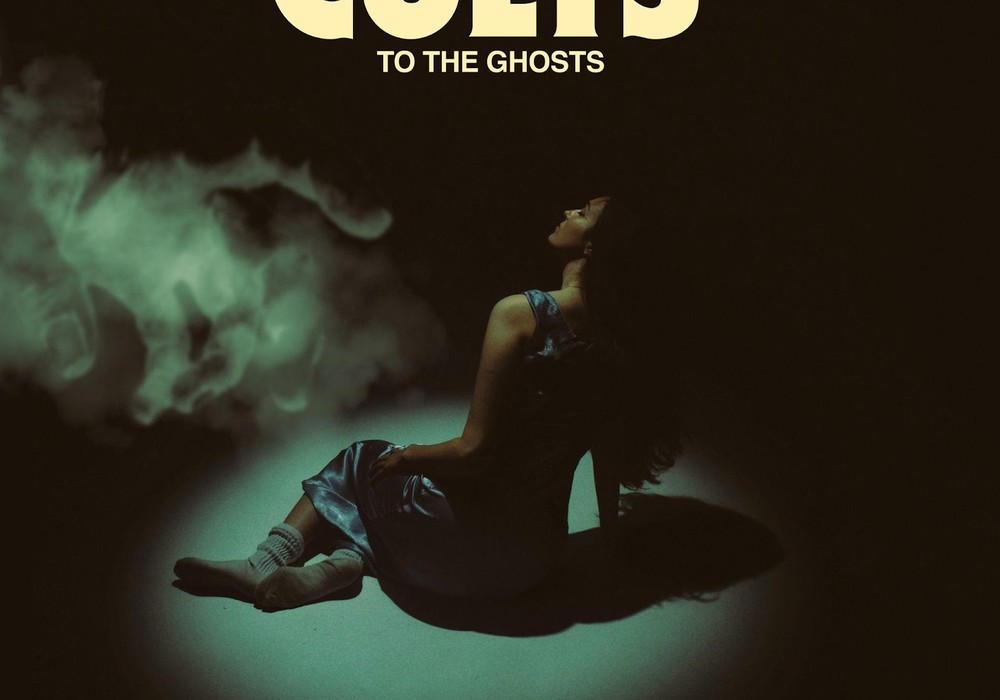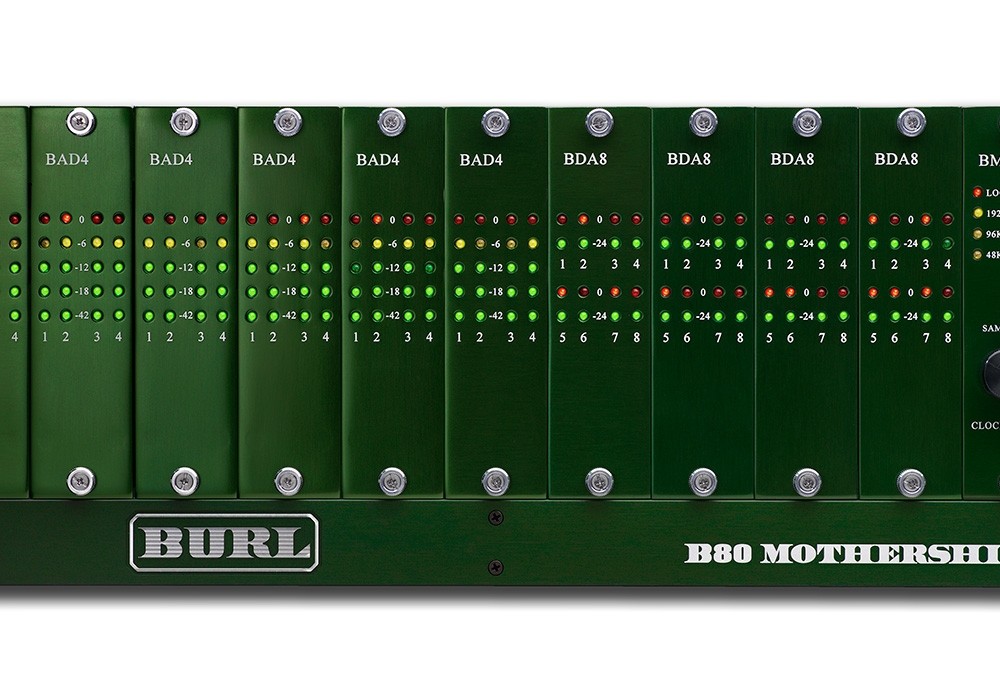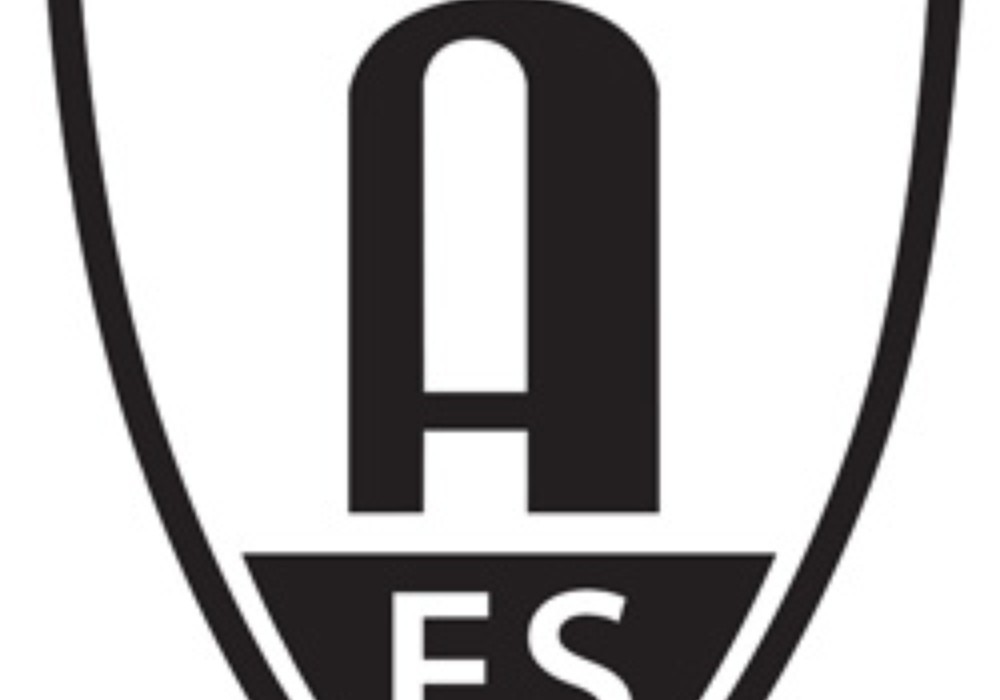After 20 years at the Davis Square location (and a previous 15 years on Albany Street), Boston’s Q Division Studios had to close its doors in July of 2021. Through the years, Q Division was host to a diverse group of artists, including Aimee Mann, The Pixies, Fountains of Wayne, Juliana Hatfield, James Taylor, Yo Yo Ma, and The Dropkick Murphys, not to mention countless local rock, pop, folk, and jazz artists.
Co-founder/owner Mike Deneen passed away in 2018, leaving a massive hole in the Boston music community, and of course at Q Division. After losing their lease, co-founder and owner Jon Lupfer decided to keep the studio alive, finding it a permanent home in nearby Cambridge. Boston has more than one studio that's faced adversity and persevered - Brian Charles and Zippah Recording Studios come to mind as triumphing in the face of the serious tragedy of a devastating fire. Mad Oak, New Alliance, and Woolly Mammoth are all studios that have been forced to relocate over the past few years but continue to make great records and serve musicians. And of course, studios close their doors; Jack Younger’s Watch City was forced to close following an unsustainable rent increase.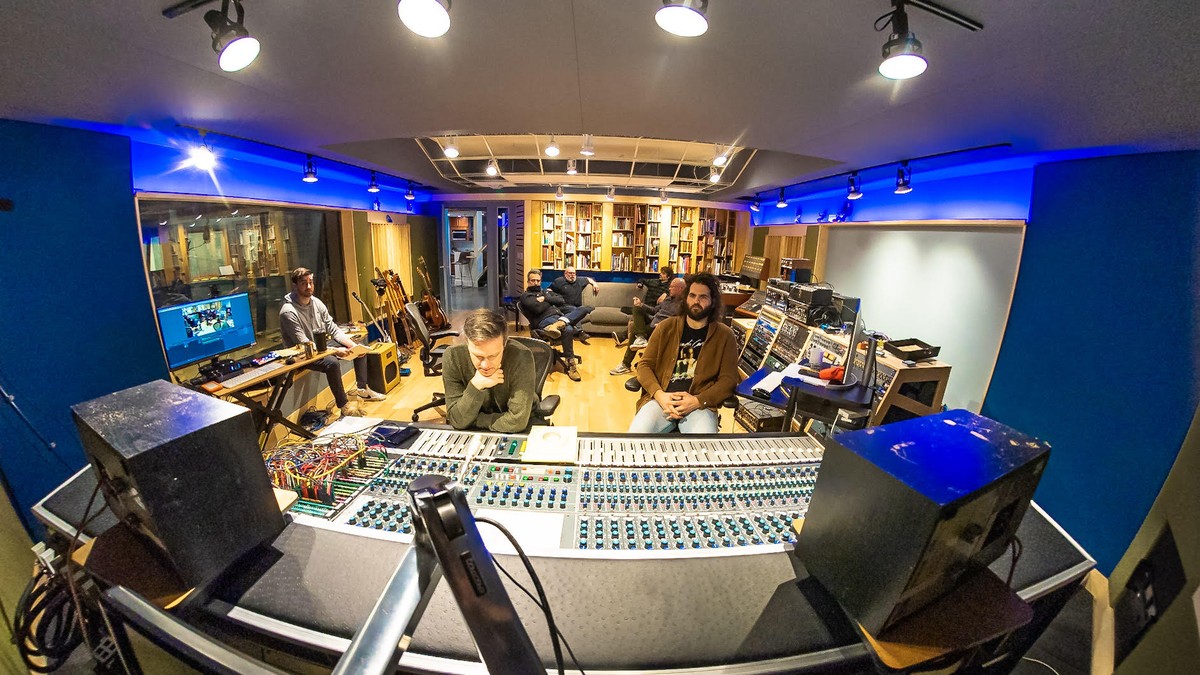
Q Division 3.0, situated in what was once a potato chip factory’s shipping depot and more recently a movie prop shop, is finally ready to host sessions.
Studio A has multiple acoustic spaces, including a super dead space they’re calling the Piano Room, a live medium sized room they’re calling the Drum Room, and an area called the Inspiration Wall, which is part of the main live room. The space also has two smaller iso booths for amps or a single performer. In addition to the wide variety of acoustic spaces, there are generous site lines in both the performance areas and the control room.
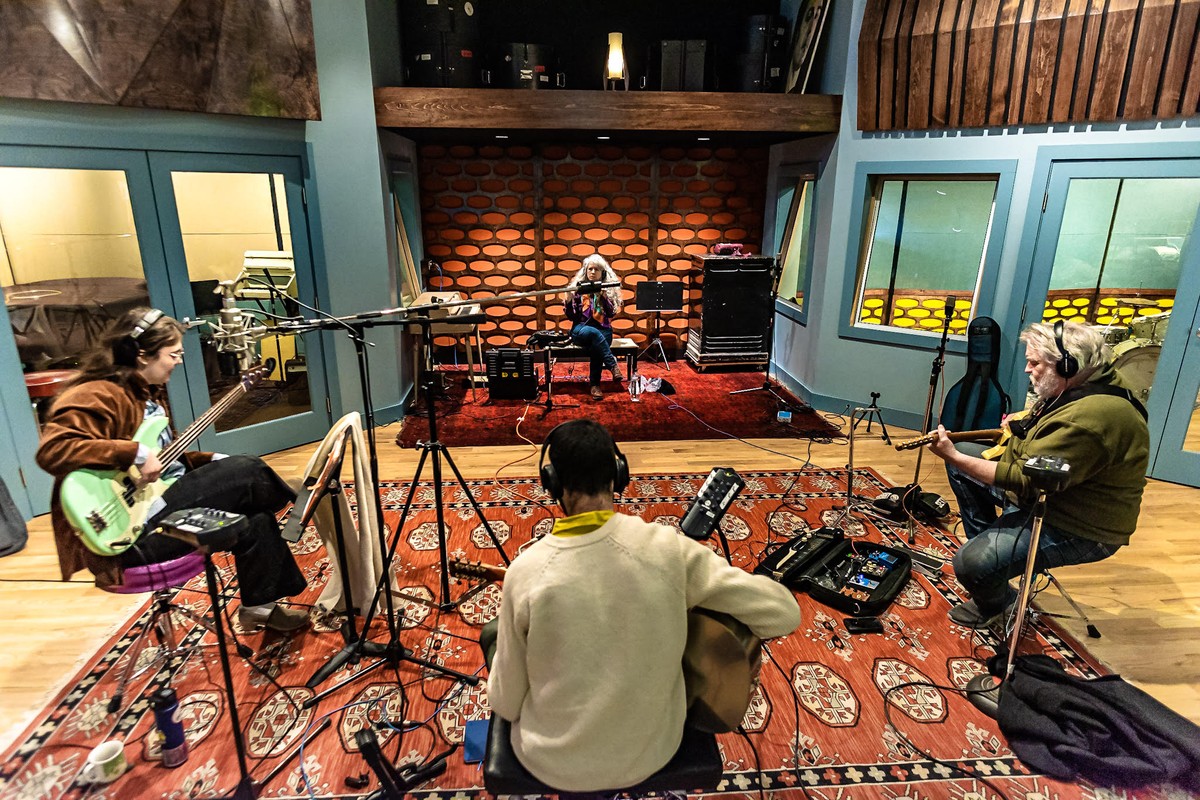
The Neve Console:
As part of the move and reconstruction they completely restored Q’s Neve 8068. Originally from EMI Brazil, it was modified and restored by Fred Hill in the ‘90s and served at both Q Division 1.0 and 2.0. It has undergone a complete recap, ultrasonic cleaning where possible, switches and pots have been replaced where necessary, and knob and switch caps have been replaced; 3D printed or re-etched where necessary. Amazingly, some parts are so rare that they had to use 3D print solutions to restore them! Some additional small modifications were also made: A global phantom power on/off switch was added, the dim pot was moved to the front panel, and illumination was added to a band of speaker select and playback select sources where they didn’t exist. Talk back functionality was improved for hybrid work flows, a phase meter was re-fitted to the meter bridge, and all incandescent lights were replaced with LEDs. They also rescreened faceplates for two of the three modules, and all the fader faceplates were also replaced where legends were missing. This work was overseen by Andrew Lypps, and conducted on site by various Q Division engineers, including Michael Healey and Chuck Hargreaves.
To make switching from analog to digital recording easy, they’ve added a user panel in the back of the patch bay that allows engineers to quickly switch out the normalled "Multi Track One” from the Studer 872 24-track deck to Pro Tools. In addition, engineers can directly patch the outputs of the Studer to Pro Tools, allowing an easier work flow if printing to tape and dumping to Pro Tools. (Pro Tools returns can then me connected to Multi Track One’s tape output patch points, which are normalled to the line inputs of the console).We’re happy to see Q Division Studios back up and operational in its new space, and we encourage bands, producers and engineers to support the next chapter of this legendary recording studio.
Q Division Studios: www.qdivisionstudios.com
